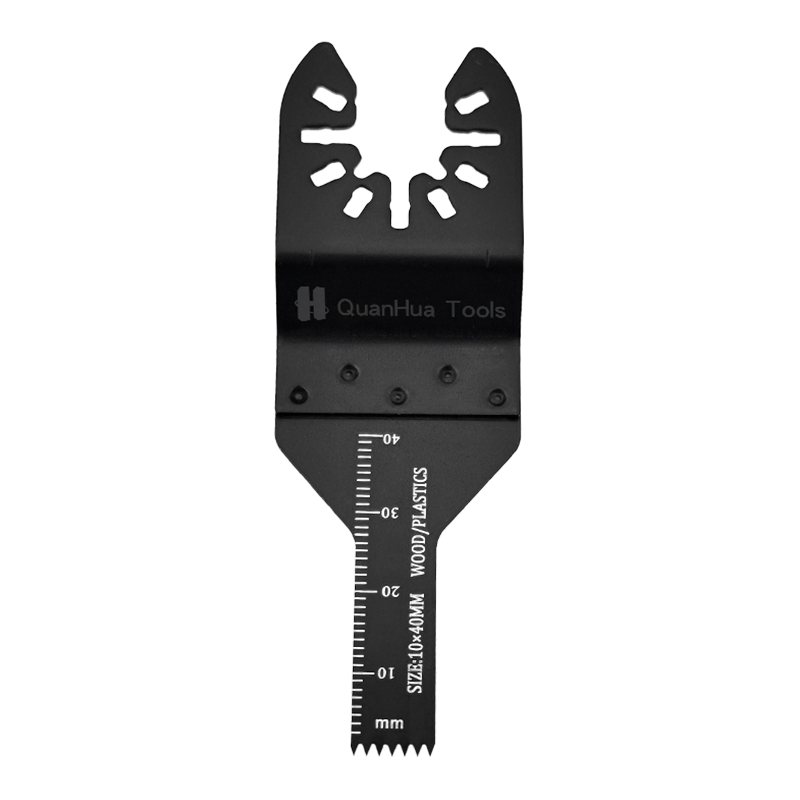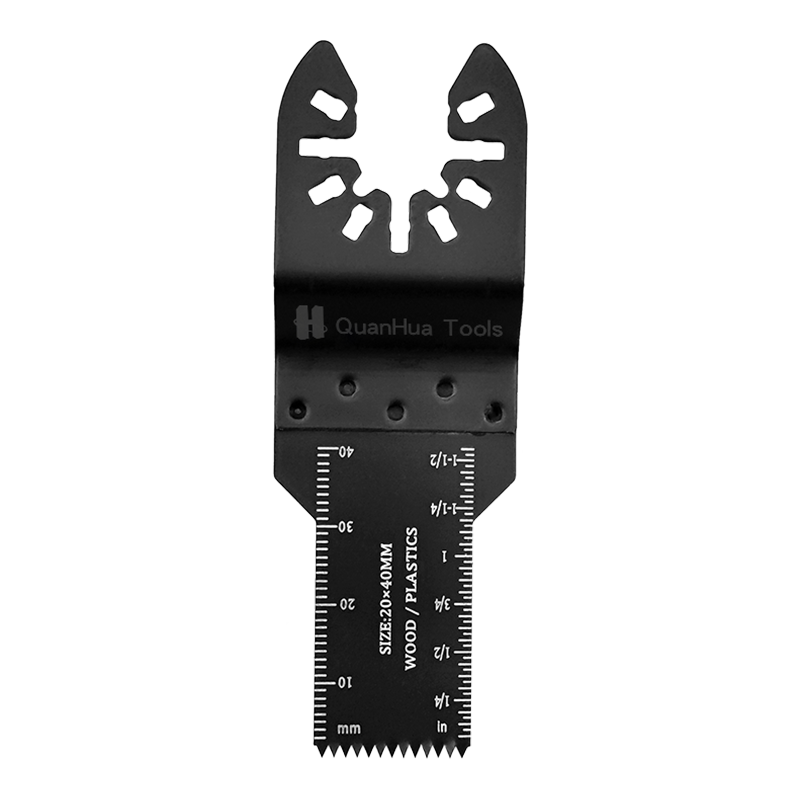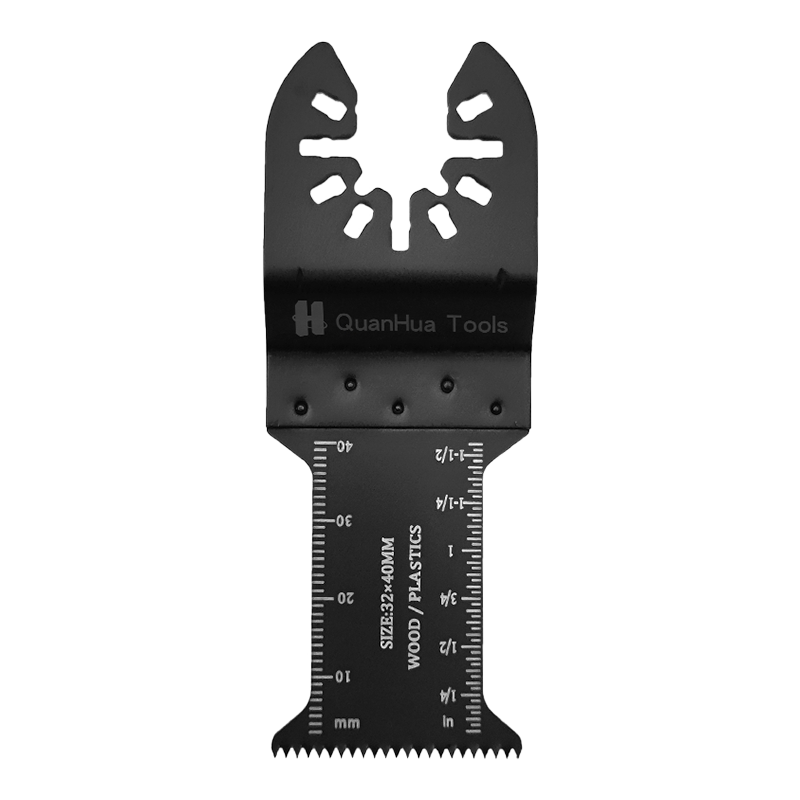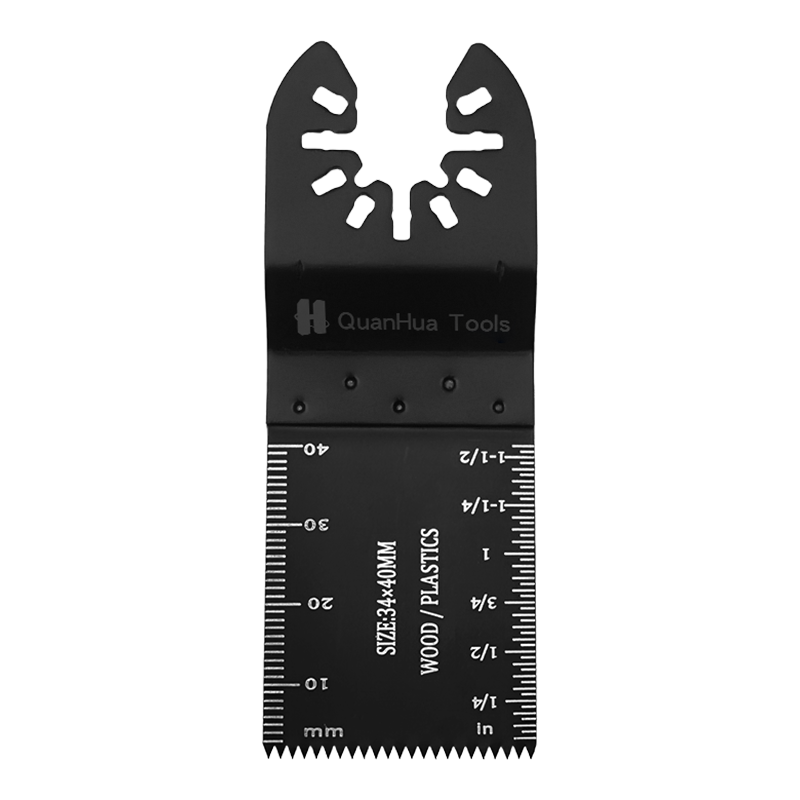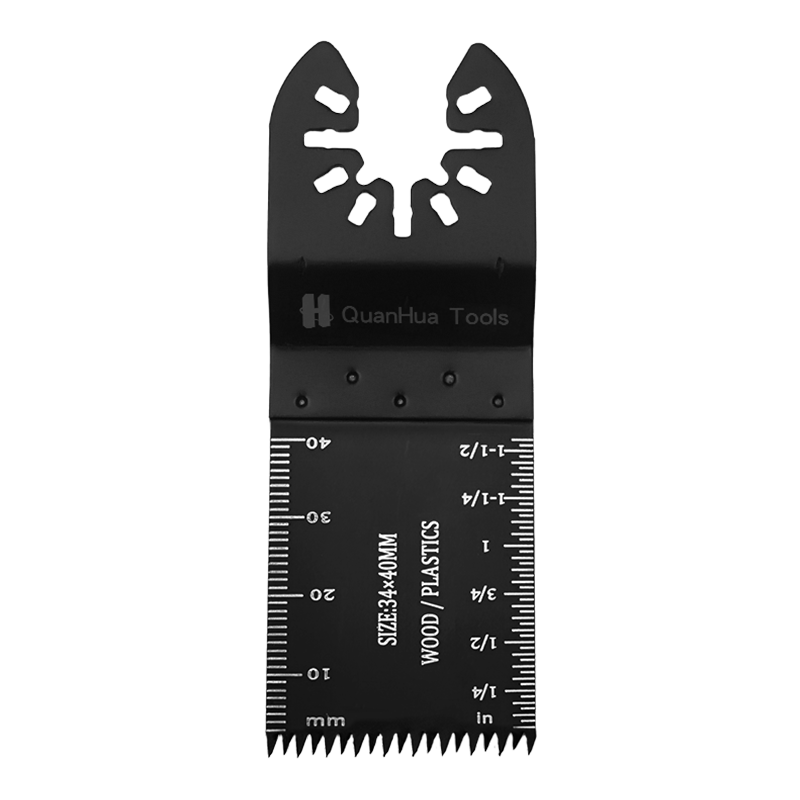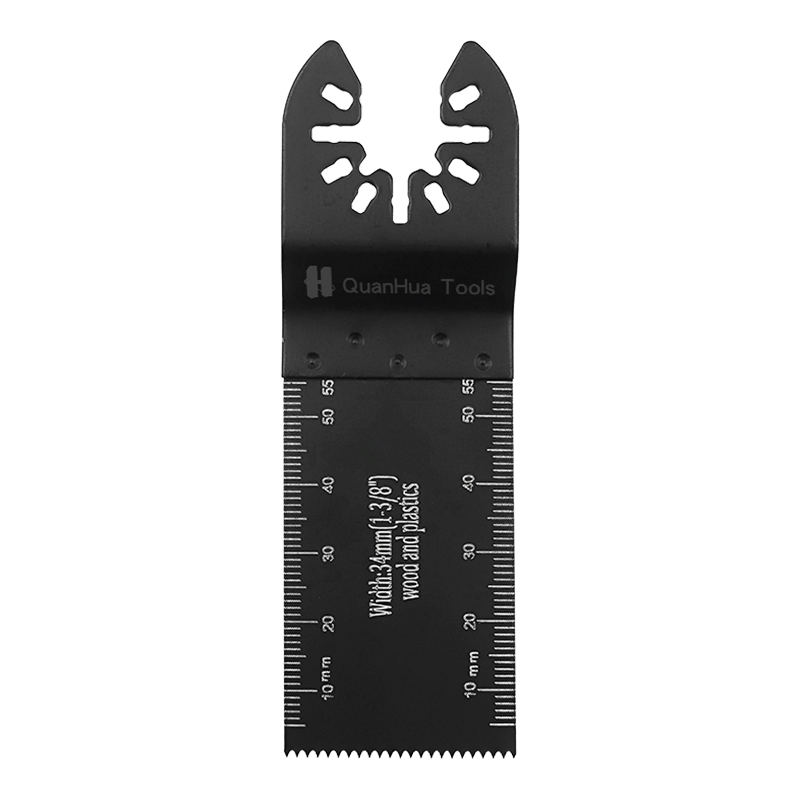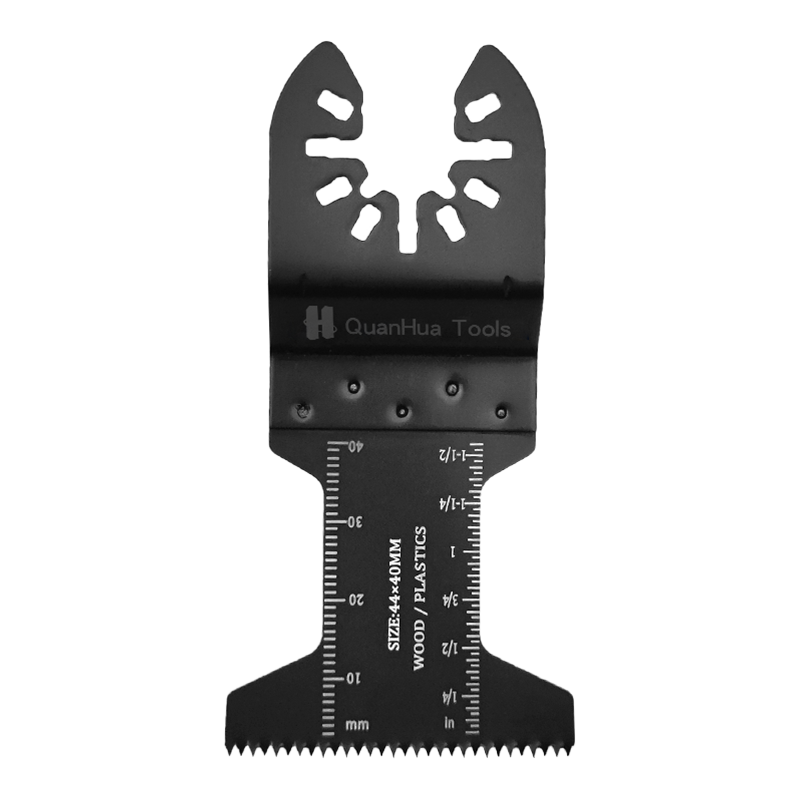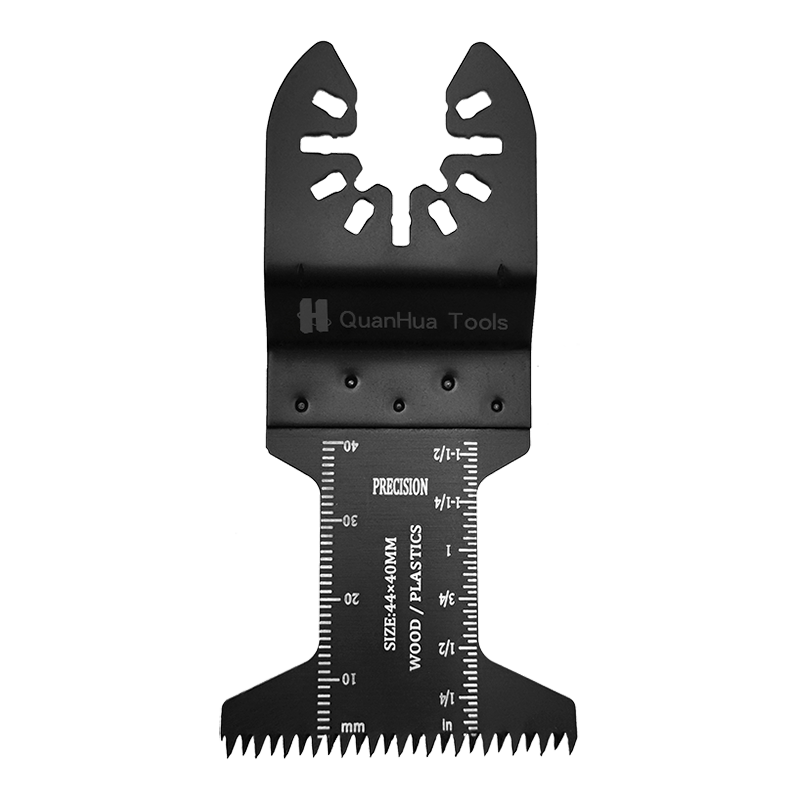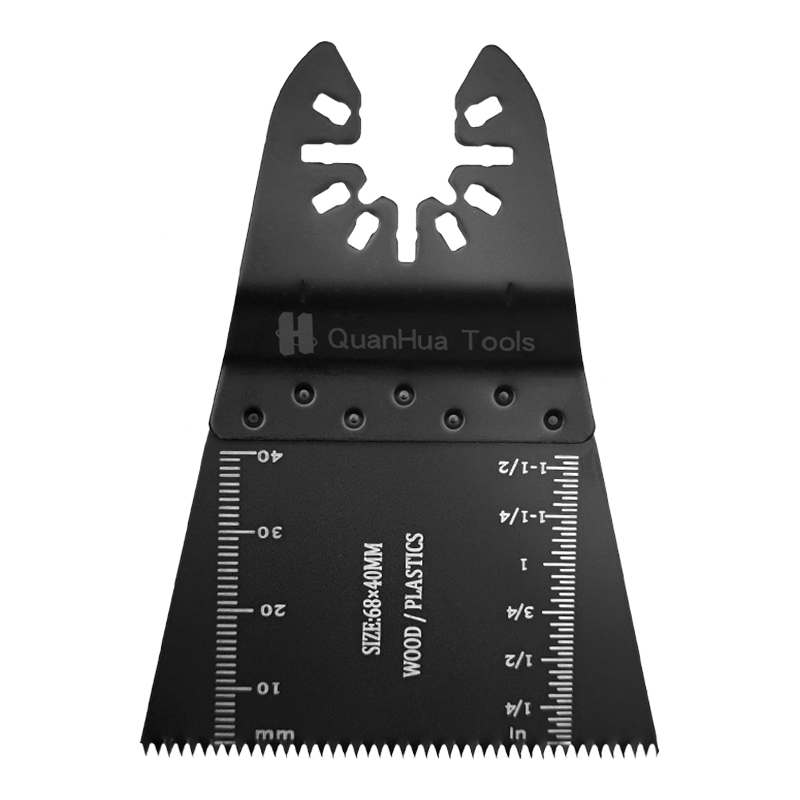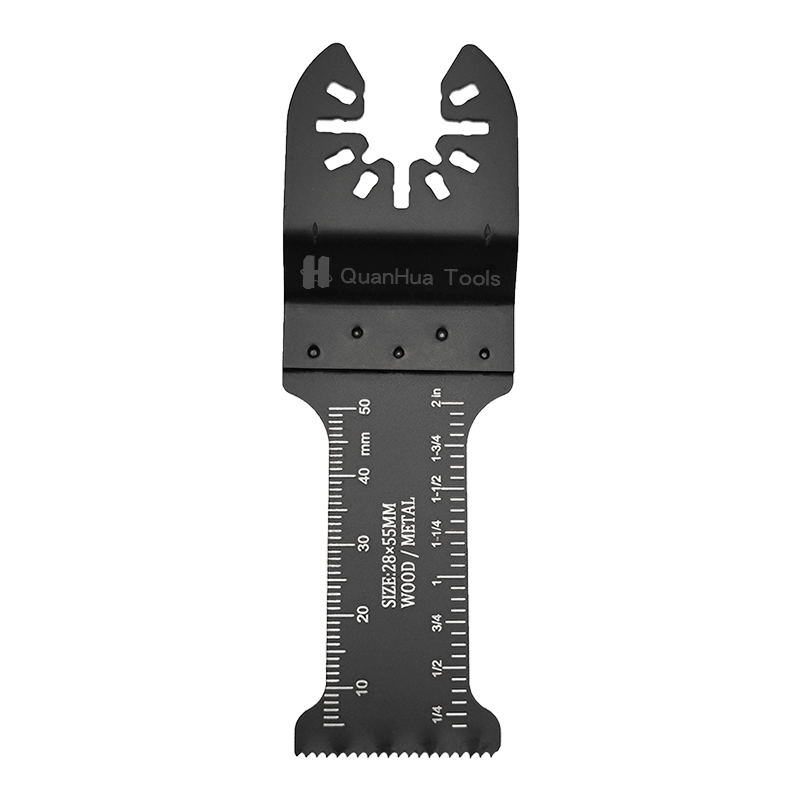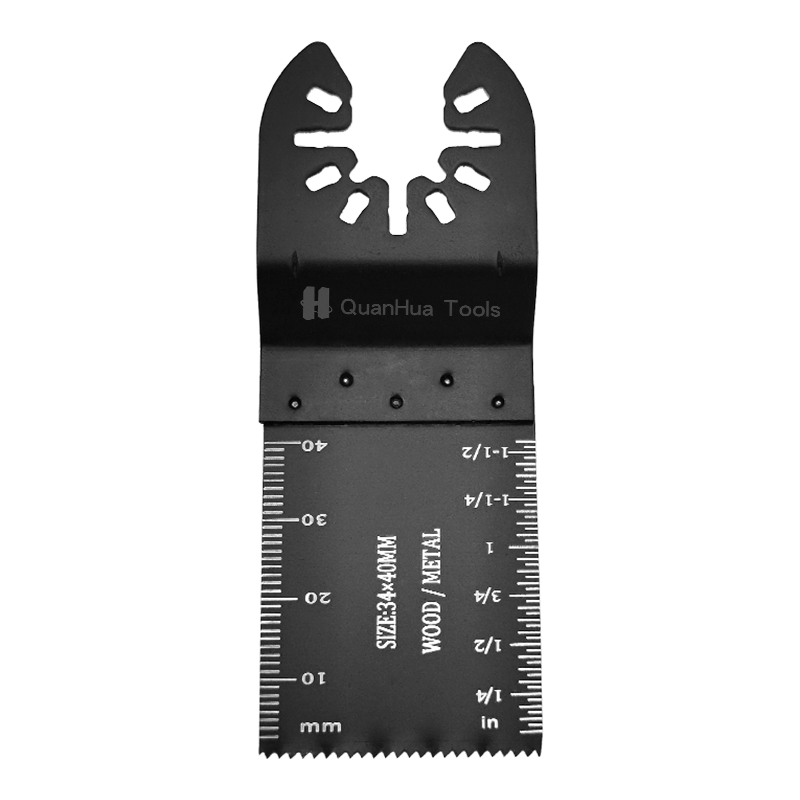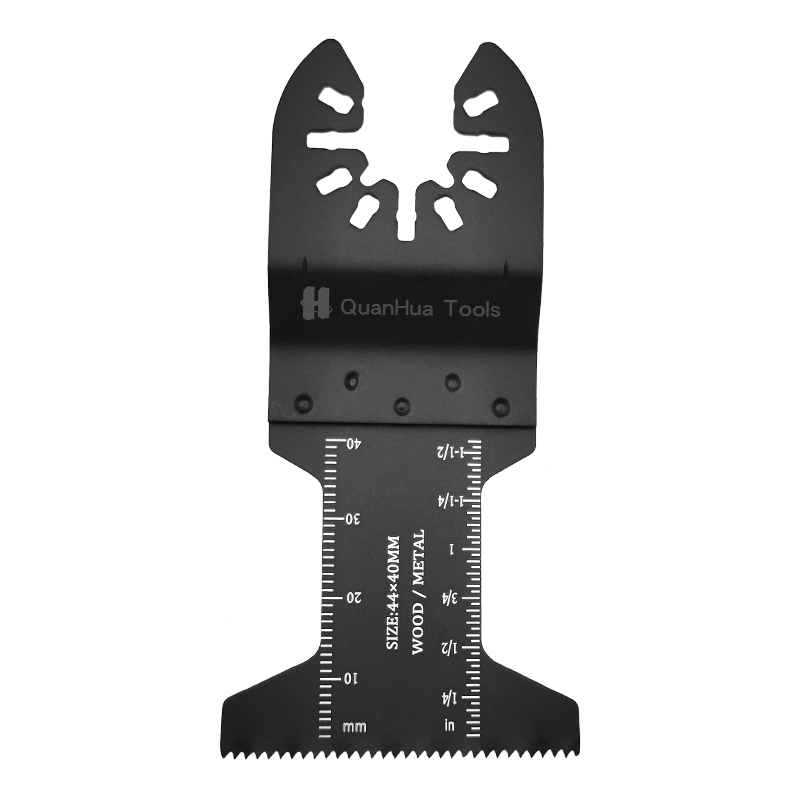The design and characteristics of circular vibrating multi-tool saw blades have a significant effect on improving cutting accuracy. First of all, the vibration mechanism of circular vibrating saw blades is one of its important characteristics. During the cutting process, the saw blade controls the contact between the tool and the workpiece by means of vibration, which can effectively reduce the vibration and irregular movement generated during cutting. Usually, vibrations caused by friction or uneven contact between the tool and the workpiece will occur during the cutting process, which often affects the stability and accuracy of the cutting. By designing the vibration mechanism, circular vibrating saw blades can effectively alleviate this vibration, making each cut more stable and consistent, greatly improving the accuracy of the cutting process.
The high hardness material and wear resistance of circular vibrating saw blades are also key factors in improving cutting accuracy. Most circular vibrating saw blades use high hardness materials such as carbide or TCT steel, which have strong wear resistance and long-lasting sharpness. When cutting hard materials, the saw blade will not wear quickly, so that the cutting performance can be maintained for a long time. This means that the saw blade can always maintain high precision during the cutting process and reduce cutting deviations caused by blade blunting.
During the cutting process, the smooth cutting surface of the saw blade is also an important factor in ensuring cutting accuracy. Circular vibrating saw blades are precisely designed to provide smoother cuts, with fewer burrs and irregular edges. Compared to conventional saw blades, vibrating saw blades are more effective in avoiding rough edges and irregular cuts during cutting, which improves the quality of the cut and makes the final cut more precise.
Circular vibrating saw blades are also designed to be particularly suitable for fine cutting. In some fine cutting operations, especially when cutting in narrow spaces or complex shapes, traditional cutting tools may affect the results due to unstable operation or difficulty in controlling the cutting angle. Circular vibrating saw blades can provide higher precision in these cases because their design makes the tool easier to control and can effectively complete delicate cutting work.
Another important factor affecting cutting accuracy is the heat generated during the cutting process. During long or continuous cutting, the contact between the blade and the workpiece will cause the local temperature to rise. If the heat cannot be dissipated in time, it may cause the blade to deform or the material to soften, which will affect the cutting accuracy. The advanced heat dissipation design of circular vibrating saw blades can effectively dissipate the heat generated during the cutting process, thereby avoiding the negative impact of heat accumulation on cutting accuracy.
The design of the vibrating multi-tool saw blade ensures the consistency of the cutting angle. Due to its special vibration mechanism and structure, the saw blade is able to maintain a stable cutting angle, avoiding cutting errors caused by blade offset or tilt even in complex cutting tasks. In this way, each stage of cutting can maintain a precise angle, thus ensuring cutting accuracy.

